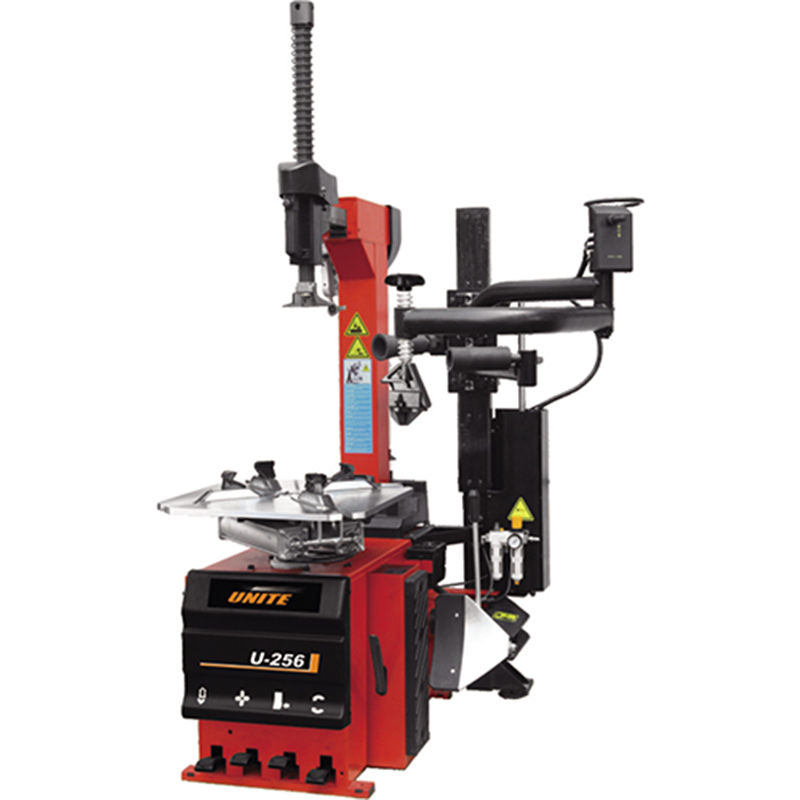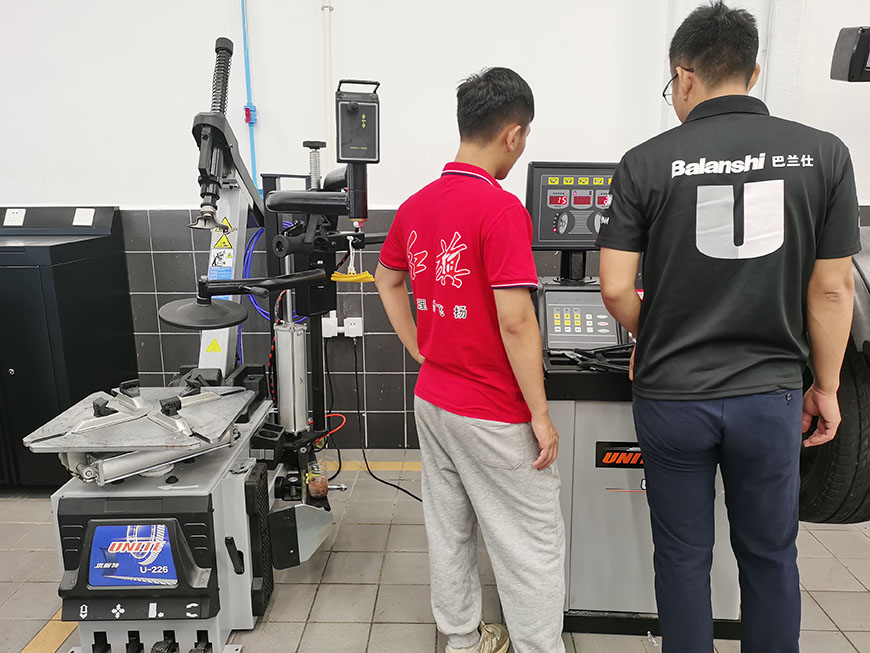Tire changing has been a tiresome and physically demanding task for decades, but with the advent of technology, things have changed for the better. One such innovation that has transformed the automotive industry is the electric tire changer. This remarkable tool has revolutionized the way we change tires, making the process faster, safer, and more efficient. In this post, we will delve into the world of electric tire changers, exploring their features, benefits, impact on the automotive industry, and the future they hold.
1. The Need for Innovation
Before the introduction of electric tire changers, changing tires was a laborious process that required significant manual effort. Traditional tire-changing methods, such as using tire irons and manual tire changers, often led to injuries, inefficient time management, and inconsistent results. Mechanics had to exert considerable force, which sometimes resulted in damaged rims or improperly mounted tires. The need for an innovative solution was evident, and the electric tire changer emerged as the answer.
2. How Electric Tire Changers Work
Electric tire changers are automated machines that simplify the tire-changing process by utilizing electric motors and advanced technology. They consist of various components, such as a motorized wheel clamp, a mount/demount head, a bead breaker, and a control unit. The process begins by securing the tire onto the motorized wheel clamp, which holds it in place during the operation.
The electric motor powers the mount/demount head, allowing it to effortlessly remove or install the tire onto the rim. Additionally, the bead breaker uses hydraulic force to break the bead seal between the tire and the rim, enabling easy removal of the tire. The control unit allows the operator to manage the machine’s functions, providing precise control and safety features.
3. Advantages of Electric Tire Changers
A. Time and Efficiency: Electric tire changers significantly reduce the time required to change tires compared to manual methods. The automated process streamlines the operation, making it quick and efficient. Mechanics can serve more customers in less time, increasing productivity and revenue.
B. Reduced Physical Strain: Unlike manual tire-changing methods that require excessive physical effort, electric tire changers do the hard work for mechanics. This reduces the risk of injuries and fatigue, leading to a healthier and happier workforce.
C. Precision and Consistency: Electric tire changers offer precise control, ensuring that the tire is mounted correctly and evenly. This eliminates the risk of improper balancing, minimizing vibrations and enhancing the overall driving experience.
D. Safe Operation: Electric tire changers come with safety features such as automatic shut-off and pressure monitoring. These features prevent overloading and protect against potential hazards, reducing the risk of accidents in the workplace.
E. Versatility: Electric tire changers can handle a wide range of tire sizes and types, making them suitable for various vehicles, including cars, motorcycles, trucks, and even agricultural machinery.
U-256 Automatic tilt back tire changer with dual assist arm for tires with a rim from 14″ to 26″ (max. wheel diameter 1143 mm./45″, max. wheel width 406mm./16″). Suggested for low-mid volume tire-shops, garages and repair shops. Equipped with dual assist arm for easy mounting/demounting of the tire.

4. Impact on the Automotive Industry
The introduction of electric tire changers has had a profound impact on the automotive industry:
A. Improved Customer Experience: With faster service and consistent results, customers can enjoy a more pleasant and efficient tire-changing experience. This positively impacts customer satisfaction and loyalty.
B. Increased Mechanic Productivity: Mechanics can now complete tire-changing tasks more quickly, allowing them to focus on other important repair and maintenance services. This increases their overall productivity and profitability.
C. Reduction in Costs: While electric tire changers require an initial investment, they eventually lead to cost savings in the long run. Fewer labor hours, reduced risks of damaged rims or tires, and increased efficiency contribute to overall cost-effectiveness.
D. Encouraging Technological Advancements: The success of electric tire changers has inspired further research and development in automotive technology. This, in turn, fuels innovation and improvements in other areas of the automotive industry.
5. Challenges and Future Prospects
Though electric tire changers offer numerous benefits, some challenges remain:
A. Initial Investment: The cost of purchasing and maintaining electric tire changers may be a barrier for some smaller automotive businesses. However, the long-term benefits often outweigh the initial expenses.
B. Training and Skill Development: Technicians need to be properly trained to use electric tire changers effectively. This may require additional investment in training programs and skill development.
C. Technological Advancements: As with any technology, there is always room for improvement. Future advancements may focus on even faster operation, better compatibility with new tire designs, and further safety enhancements.
The electric tire changer has transformed the tire-changing process, making it safer, faster, and more efficient. This innovation has had a positive impact on the automotive industry, benefiting both customers and mechanics. As technology continues to advance, electric tire changers are likely to evolve, offering even more features and capabilities. The tire-changing landscape has changed for the better, thanks to these remarkable machines, and we can expect to see them play a significant role in the automotive industry’s future.

